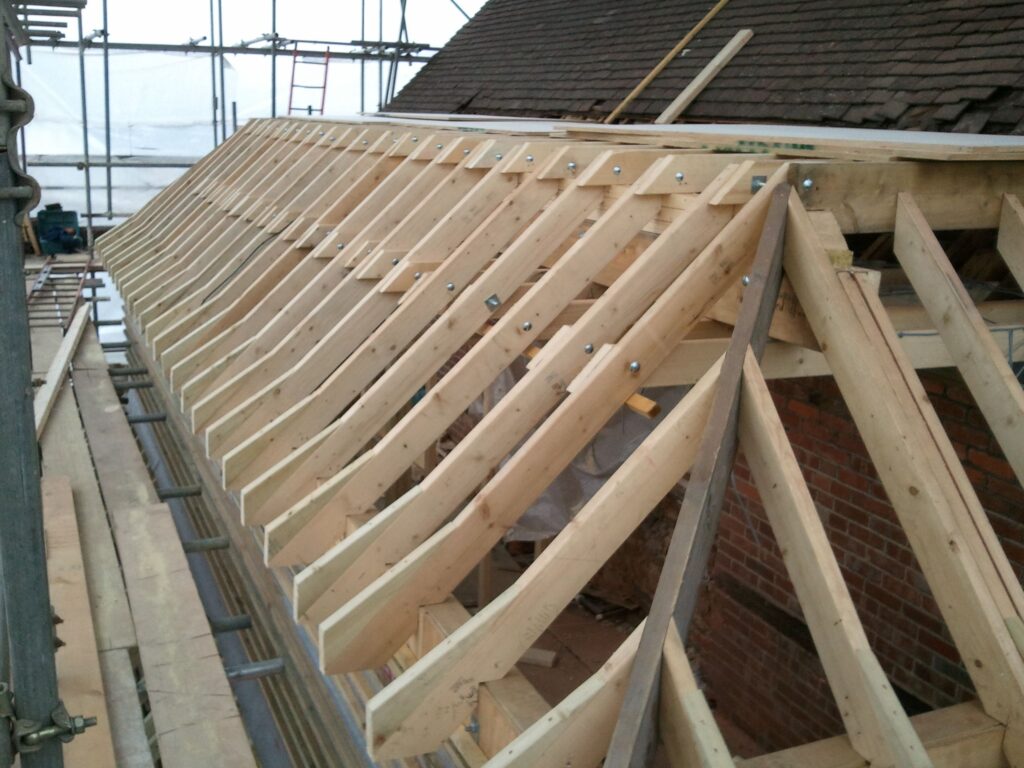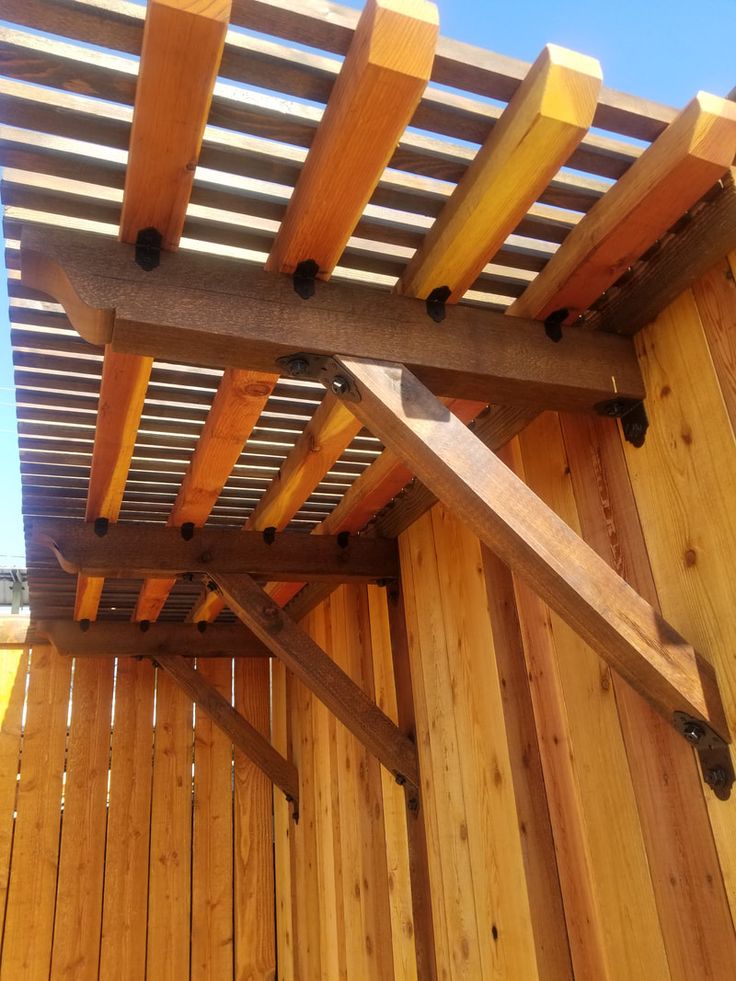The commercial construction industry is constantly evolving, shaped by advancements in materials, engineering practices, and architectural demands. Among the critical structural components that have adapted to these changes are trusses—frameworks that distribute loads efficiently across large spans. Traditionally used in both residential and commercial projects, trusses have long been valued for their strength, efficiency, and cost-effectiveness. However, the future of trusses in commercial construction is poised to be even more transformative, driven by emerging technologies, sustainability goals, and the need for more flexible, innovative building designs.

The Rising Role of Trusses in Modern Commercial Design
Trusses are not new to commercial construction; they have been used for decades in warehouses, factories, gymnasiums, and retail spaces. Their triangular design allows for excellent load-bearing capabilities while using less material than solid beams. As commercial buildings increasingly require wide-open interior spaces without intrusive support columns—think event centers, distribution hubs, or large retail stores—trusses offer an ideal solution.
What’s changing is the scope and sophistication of truss systems. Future trusses will not simply be functional support structures; they will be integrated design elements, allowing architects to create iconic skylines, sustainable roofing systems, and highly adaptable interiors. Expect to see trusses that are lighter, stronger, and smarter—integrating sensors, modular components, and hybrid materials to meet evolving construction needs.

Material Innovations: Beyond Timber and Steel
Traditionally, trusses have been built from two main materials: wood (for smaller structures) and steel (for larger, heavier loads). But the future of trusses in commercial construction will be driven by innovative materials that expand possibilities.
- Engineered Wood and Mass Timber – With sustainability a growing concern, mass timber trusses are gaining attention. These large-scale wood products, like cross-laminated timber (CLT), offer remarkable strength and can rival steel in certain applications while significantly reducing carbon footprints. Commercial projects like office buildings and schools are already exploring mass timber trusses for both structural and aesthetic appeal.
- High-Strength Alloys and Composite Steel – Steel isn’t going away; in fact, advancements in metallurgy are creating lighter, more durable alloys that can handle heavier loads with less bulk. Composite steel trusses may incorporate corrosion-resistant coatings or hybrid materials to extend their lifespan in challenging environments.
- Carbon Fiber and Advanced Composites – Though still expensive, carbon fiber-reinforced trusses could emerge in high-tech commercial applications, such as aerospace hangars, cutting-edge research facilities, or specialized manufacturing plants. These materials offer unmatched strength-to-weight ratios and could revolutionize the limits of truss design.
The Push Toward Modular and Prefabricated Trusses
One of the most significant trends shaping the future of commercial trusses is prefabrication. Prefab trusses are built in controlled factory settings, ensuring precision engineering, quality control, and reduced construction time on site.
For commercial projects, prefabricated trusses mean faster timelines and fewer disruptions—essential for urban construction where delays can be costly. The next generation of trusses may come in modular, interlocking systems, allowing contractors to assemble massive spans with minimal welding or on-site fabrication.
This modularity could also lead to more adaptable buildings. Imagine a commercial warehouse where trusses can be modified, replaced, or reconfigured as the tenant’s needs evolve—transforming the building’s purpose without major reconstruction.

Smart Trusses: Technology Integration for the Future
As construction embraces smart building technologies, trusses may become more than just passive structural elements. The trusses of the future might incorporate:
- Embedded Sensors – Sensors within trusses could monitor stress, vibrations, or temperature fluctuations, providing real-time structural health data. Facility managers could detect issues before they become safety hazards.
- Automated Maintenance Alerts – Paired with building management systems, trusses could signal when inspections, repairs, or reinforcements are needed—improving safety while reducing maintenance costs.
- Integration with Renewable Systems – In the push for sustainable energy, trusses could be designed to support solar panels, wind turbines, or green roofing systems. Some trusses might even house conduits for HVAC, lighting, or electrical systems, consolidating infrastructure and freeing up interior space.
This convergence of structural engineering and digital innovation could redefine how we think of building frameworks altogether.
Sustainability and the Green Building Movement
The construction industry is under increasing pressure to adopt eco-friendly practices, and trusses will play a pivotal role in achieving these goals.
- Reduced Material Waste – Prefabricated trusses already minimize waste compared to traditional framing methods. Future systems will likely incorporate recycled materials or rely on low-carbon production methods.
- Longer Life Cycles – Durable trusses reduce the need for replacements, which means fewer resources consumed over a building’s lifetime.
- Compatibility with Net-Zero Designs – Green buildings often require support for heavy solar arrays, rooftop gardens, or water collection systems—all of which can be accommodated by advanced truss designs.
As sustainable certifications like LEED and BREEAM become industry standards, trusses will evolve to meet these criteria, making them not just structural necessities but key contributors to a building’s eco-performance.
The Architectural Aesthetic of Future Trusses
While trusses have traditionally been hidden behind ceilings or walls, modern architects are increasingly celebrating the truss as an exposed design feature. Commercial buildings like airports, museums, and stadiums already showcase their trusses as part of the architectural statement.
Future truss designs may become sleeker, more sculptural, and customizable. With advancements in fabrication, architects could create visually stunning, structurally sound trusses that double as works of art. Imagine retail spaces or tech campuses where the truss system is as much a focal point as the façade.
Challenges and Opportunities Ahead
Despite the promise of these innovations, there are challenges to overcome.
- Cost Barriers – Advanced materials like carbon fiber or high-strength alloys are currently expensive. Their adoption will depend on cost reductions or niche applications where performance outweighs expense.
- Regulatory and Code Considerations – Building codes must evolve to accommodate new truss technologies. Engineers, architects, and regulatory bodies will need to collaborate to ensure safety and compliance.
- Skilled Labor Shortages – As truss systems become more complex, workers will need specialized training in modular assembly, prefabrication logistics, and smart system integration.
However, these challenges also present opportunities for innovation, new markets, and job creation in the construction sector.
Conclusion: The Next Chapter for Commercial Trusses
The future of trusses in commercial construction is bright and transformative. From mass timber sustainability to carbon fiber innovation, from modular prefabrication to sensor-equipped “smart” trusses, these structural frameworks are evolving far beyond their traditional role.
In the coming decades, trusses won’t just support roofs—they’ll support the future of architecture itself: more open, sustainable, and technologically advanced commercial spaces. For contractors, engineers, and architects, embracing these innovations won’t just be an option; it will be essential to stay competitive in a rapidly changing industry.
Ultimately, trusses will continue to be the unsung heroes of commercial construction, but with a future this exciting, they may not remain unsung for long.


